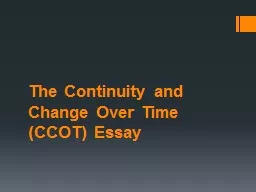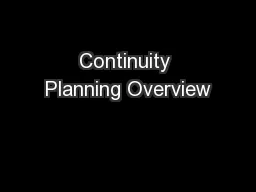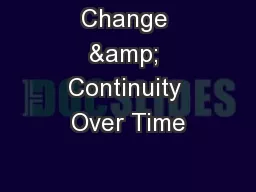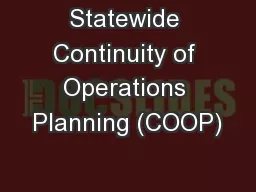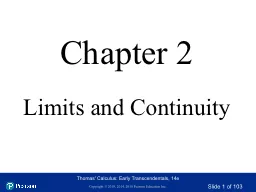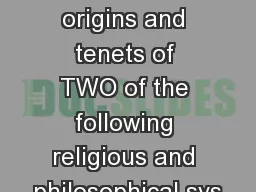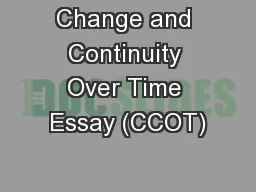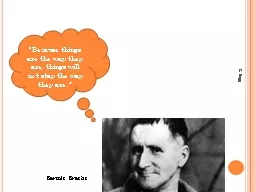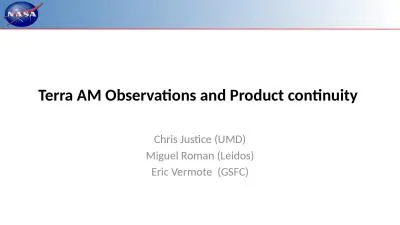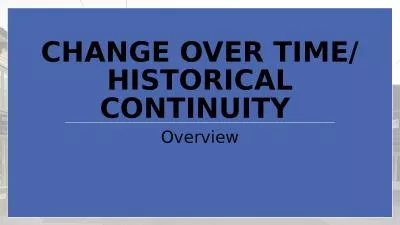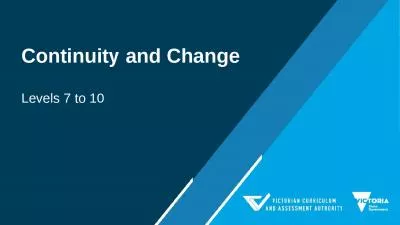PPT-The Continuity and Change Over Time (CCOT) Essay
Author : natalia-silvester | Published Date : 2016-09-20
Primary purpose of CCOT is to test students mastery of their historical thinking skills argumentation causation contextualization synthesis The student must show
Presentation Embed Code
Download Presentation
Download Presentation The PPT/PDF document "The Continuity and Change Over Time (CCO..." is the property of its rightful owner. Permission is granted to download and print the materials on this website for personal, non-commercial use only, and to display it on your personal computer provided you do not modify the materials and that you retain all copyright notices contained in the materials. By downloading content from our website, you accept the terms of this agreement.
The Continuity and Change Over Time (CCOT) Essay: Transcript
Download Rules Of Document
"The Continuity and Change Over Time (CCOT) Essay"The content belongs to its owner. You may download and print it for personal use, without modification, and keep all copyright notices. By downloading, you agree to these terms.
Related Documents

